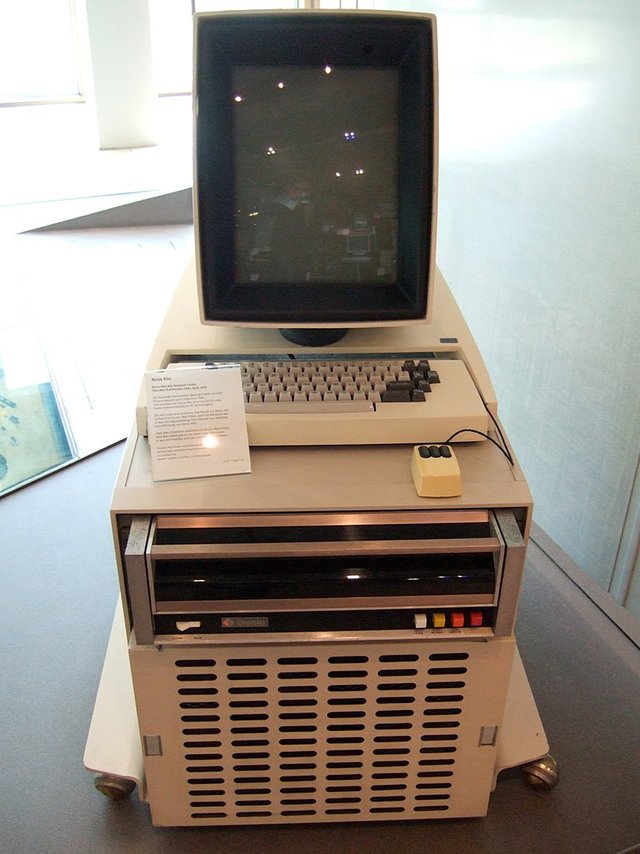The Evolution Of Computers for Media Production
The Current State of Media Production and Broadcasting On Commodity Computer Technology.
Today, Content Creators are able to reach millions of people with Commodity Computer Hardware, meaning the kind available to consumers. From your iPads, iPhones, and Androids all the way to beastly $5,000 desktop workstations and everything in-between.
Using only my Google Pixel XL, a flagship Android smart phone that is now several years old,I can record or broadcast from either camera or even my screen with my "selfie" camera displayed as a small portion with my custom logo and any text I may need. I modeled this setup on my phone after the one I use on my computer:
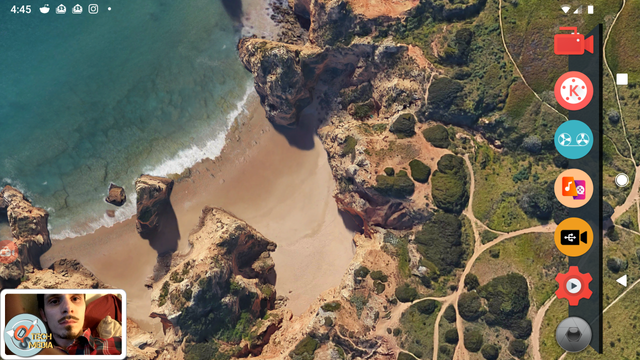
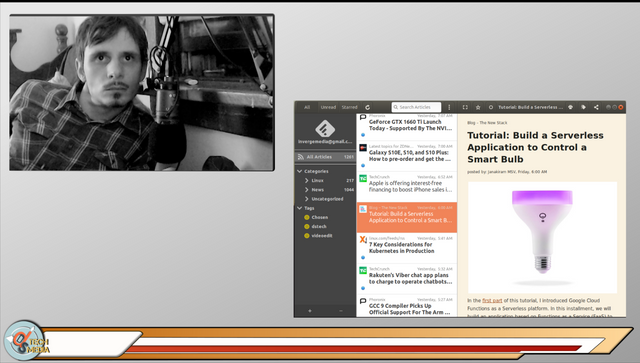
But how did we get here? Do you remember?
At 30 I am just barely old enough to remember the world before The Internet and computers were synonymous with daily life. Computers weren't in every home, let alone every back pocket. In this article/video, we're going to explore the evolution of the media workstation, in other words the media PC.
What In The Hell is A Computer?
In the beginning there were shells. Not sea shells, but the text based interface by which computers that had screens were used. Early computers were only capable of working with numbers, words, and the associated syntactical symbols/punctuation. When sound finally came, it had to be synthesized and played back in the limited bit spaces of old. Think of the Nintendo Entertainment System's limited audio capabilities, and your in the ballpark of what was possible on older computers..
Lets try to explore this history without writing a book, keyword try.
So we had text-based terminal consoles, but before computers could produce and edit multimedia(images,sounds, and videos et. al.) they'd need to be able to simply display media and provide an environment to manipulate media on such a display.
DARPA, Not Just For War Anymore!
In the 1968, DARPA(U.S. Dept. of Advanced Research Projects Agency) funded SRI International Augmentation Research Center demonstrated the NLS(oN-Line System) which would use a computer "mouse", raster-scan video monitors, and hypertext. In a demonstration that would be famously remembered as "The Mother Of All Demos", video-conferencing was first shown to the world. The way engineers and computer scientists looked at what computers were capable of would be forever changed.
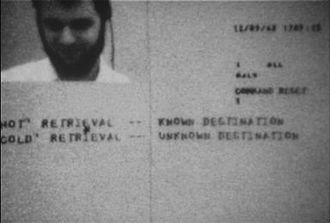
It's Like A Typewriter, But Combined With A TV!
Enter the Graphical User Interface or GUI. But where did this originate from? Apple? Microsoft? Nope, Xerox. You know the copier/fax/print machine company? In 1973 at the Xerox Palo Alto Research Center: PARC computer scientists and engineers were focused on creating the "office of the future", which they did, and they called it the Alto.
Great Ideas Are Stolen, Stealing Is The Greatest Form Of Flattery.
The Alto's portrait layout display was indicative of it's primary purpose, documents, but this machine would become the inspiration behind Steve Jobs' "vision", when he was given a demonstration of the Alto at Xerox PARC in 1979. Jobs would take what he saw in the Alto and apply it directly to the the Apple Lisa. In 1983 The Apple Lisa would feature LisaDraw, a huge deal for consumers, but not exactly media-production. Jobs would be removed from his Lisa project only to bring the same ambitions to the Macintosh project that's purpose was to be an affordable computer.
Computers Become Workstations.
Also in 1983, The 3600 Workstation made by Symbolics, would be released. The 3600 series would be the world's first "workstations", before the term was even coined. Symbolics' software division would supply the 3600's with S-Paint and S-Render, which would become industry standard in computer animation, and adopted by Hollywood's film studios. These were the first media-workstations.
Silicon Graphics, Apple, Atari, and Commodore
Founded in 1982, Silicon Graphics Incorporated would release the IRIS 1000 in 1983, the first purpose-built graphics workstation. SGI would continue to produce dozens of graphics workstations and server-like systems for the next twenty-some years.
In 1984, The Apple Macintosh would feature MacDraw and MacPaint, offering hobbyist media creation to consumers.
But for consumer-grade systems, high-quality media production would start in the audio and music field.The most notable would be 1985's Atari 520ST, the first computer to feature built-in MIDI in/out ports. MIDI, or Musical Instrument Digital Interface is the protocol and connection still used today for making music with computers. Before the Pro-Tools would become the center of modern studios, DigiDesgn(who would later become Avid of Pro-Tools fame) created Sound Designer the first software DAW(Digital Audio Workstation), for the Atari ST.

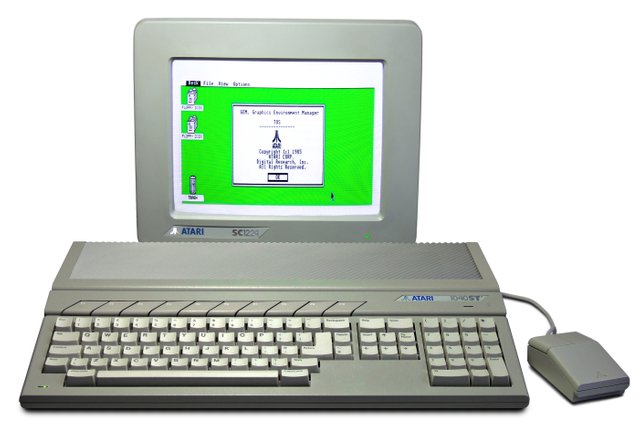
The computer-based home studio and music production revolution would begin with the Atari ST series, but 1985 saw music production become possible on the Apple Macintosh and the Commodore Amiga, two other systems that would become popular with musicians and producers.
The Commodore Amiga would be especially significant in media production. The Amiga, Atari ST, and Macintosh all used Motorola's 68000 CPU's, but the Amiga's custom chipset featured graphics and sound capabilities with unrivaled complexity not seen before in personal computers. The Amiga also provided features that would allow third party expansion cards to integrate with the system transparently.
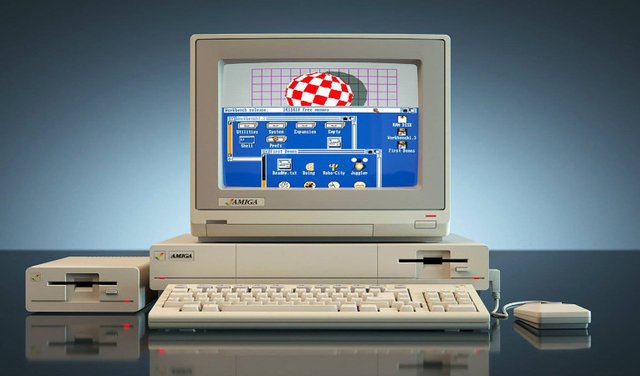
One particularly interesting feature was Amiga's genlock capability, which meant the Amiga could adjust it's display refresh rate to match the rate of an incoming broadcast-quality signal. This allowed the Amiga to composite images and graphics over a video signal, which is necessary for adding overlay effects to television and video. NewTek, the company that produces the famed Tri-Caster hardware and software solution for live broadcasting and media post-production, began when founder Tim Jenison saw the potential of the Commodore Amiga. The company's first products were DigiPaint and DigiView, a full-color graphics program that was beyond anything else available on PC's, and a Amiga expansion that would allow the system to digitize a video source into high-res color images. The DigiView was a big deal. Never before had it been possible to capture high-res color stills from video. These capabilities made the Amiga the first all around system capable of audio, graphics, and video media production. NewTek would make the Amiga series the first personal computers that could work with television-quality videos, and in 1990 the Video Toaster was released.
The Video Toaster used an Amiga 2000 combined with NewTek's custom expansion card and software, allowing the Amiga to become a cost-effective video/television production studio in a box. The Toaster was a huge success and would lead to new models appearing through 1993, all based on subsequent Amiga releases. NewTek's revolution moved from hobbyist going pro at home, to the Toaster being used to produce network television shows such as Babylon 5, The X-Files, and Star Tek:The Next Generation. production and editing studio. It was often referred to as "a TV Studio In a Box". The Toaster was the first time a PC could be used for video-switching, chroma keying, graphics animation, generation, and manipulation. The Amiga was the first personal computer capable of all the major forms of media production, as well as live broadcasting. But, despite the Toaster's success, the Amiga's sales declined, and 1993's Amiga 4000 would be the last model used for the Toaster. NewTek would continue to create production suites on new hardware, and are still today a professional-grade video solutions company, know for their Internet broadcast production solution the Tri-Caster, a successor of the Toaster, but only available at professional prices.
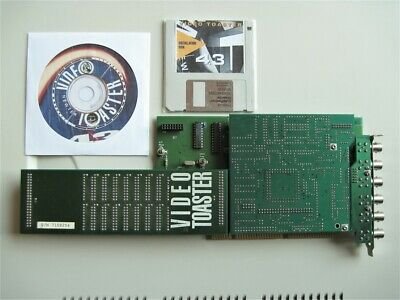
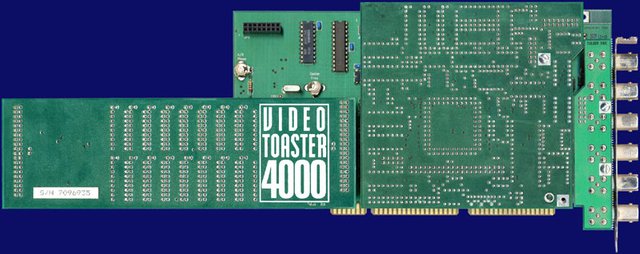
Today New-Tek has moved on from Video Toaster to their own all-in-one broadcasting and compositing solution, The Tri-Caster:

Kings Claim Thrones:
IBM PC clones and Apple's Mac brand would continue on and become much more sophisticated with add-on graphics cards known as GPU's. With the PC, Microsoft & IBM would team up to create OS2 for IBM branded PC's, while Microsoft would create their own operating system Windows for every other PC clone manufacturer. Names like Dell, HP, Compaq, and Gateway would run Windows with virtually the same features as an IBM system because it was literally made by the same company, Microsoft. With the Windows & Mac duopoly and standardized hardware, more and more companies could target this platform with commercial dominance. Software vendors like Corel and Adobe would create suites of media-production software that would become standard for amateurs and professionals alike.
PC's remain synonymous with music recording and producing, 2D and 3D graphics design, as well as video editing and post-production. At the center of every professional music recording or mixing studio you'll find a computer managing the final product.
Amateur Broadcasting Re-Defined:
The advent of live-streaming would become widespread in 2013, made widely possible by Youtube. Before live-streaming, Youtube had already given the world a virtual public-access programming network to share their video creations, thus spawning ambition, creativity, and success from every possible corner of society. With free platforms like Youtube, individuals at home with amateur budgets can reach audiences in the millions and compete against multi-million dollar production studios. Fortunes and empires have been made with laptops and phones.
Today, content-creators like myself and around the world are empowered by publishing their multimedia content via social-media platforms, smart-phones, and a free and open-source software suite called Open Broadcaster Software, commonly known as OBS Studio. OBS Studio allows anyone with a Windows, Mac, or Linux computer to self-operate their own broadcast or recording studio. It takes most, if not all of the features found in the Video Toasters and provides them for free to anyone with computer hardware capable of the task. OBS provides a single program that can compose audio, images, text, and video into scenes with animated transitions and fades. It comes packed with hundreds of effects for each media type, and is made even more powerful by extension plug-ins.
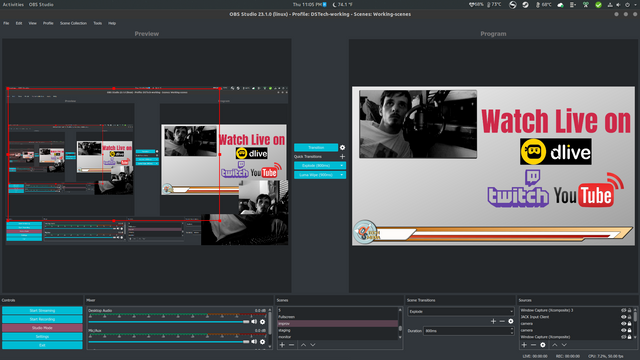
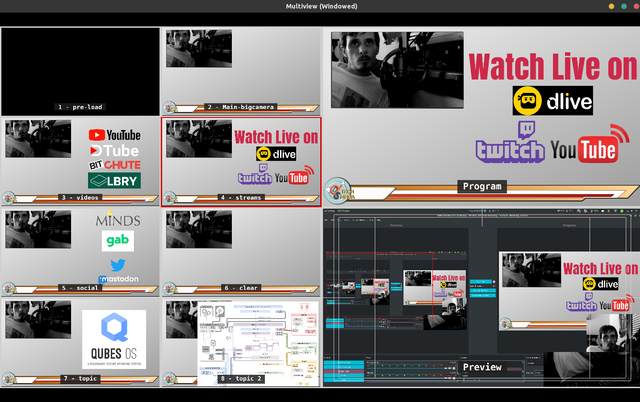
The reach of a single user can be multiplied tenfold by simulcast and multicast capabilities. Online providers like Restreem will take your singular broadcast from your PC or mobile device, and route it to multiple platforms such as Youtube, Twitch, Periscope, Instagram, Facebook, and Dlive for a service fee.
In my DS-Tech Media video: [
So that's it. I'm kind of a nerd for computer history and operating-systems, and learning about the Amiga and Video Toaster really inspired this article because I was impressed by the capabilities of a relatively unknown PC brand in 1983. So I thought I'd look even further back and then follow the progress up to present day.
If I missed something, or you'd like to add something feel free to leave it in a comment! Hope you enjoyed.
